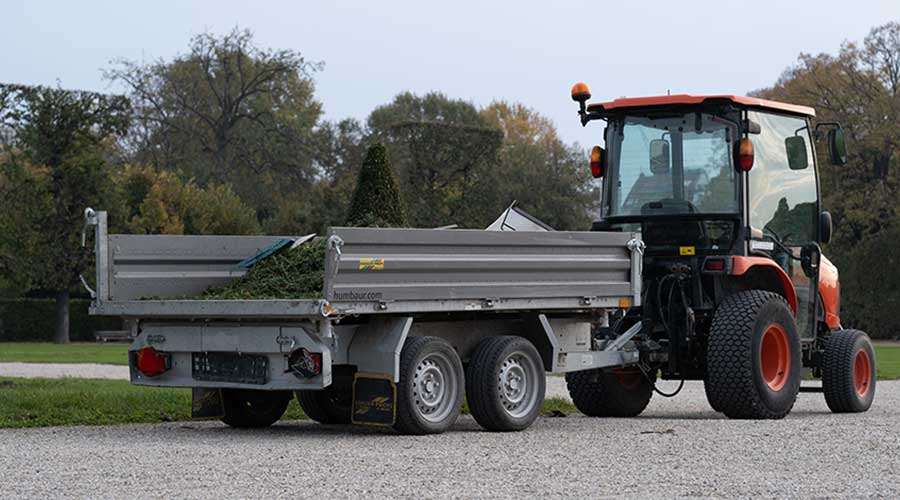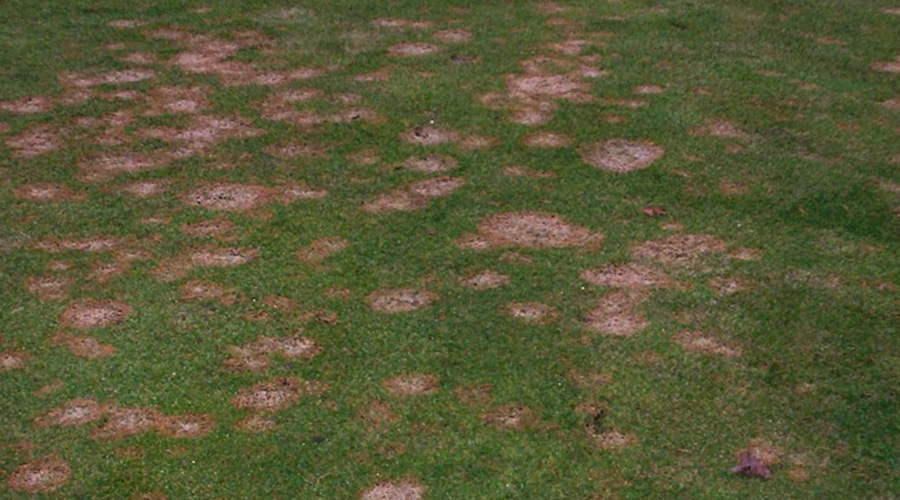Identify Hazards to Keep Workers Safe
Grounds care workers perform a variety of challenging tasks each day that can result in injury, illness and even death. The hazards depend on several factors, including the type of work, geographic region, and the season.
To protect workers from occupational hazards associated with grounds care activities, managers need to evaluate workers’ tasks and the job sites. Then, they need to develop and implement a comprehensive safety program.
A successful safety-training program for grounds care not only benefits workers. It also benefits the organization by increasing employee productivity by reducing on-the-job accidents and injuries, which in turn lowers workers’ compensation rates.
A safety program also keeps the organization in compliance with the Occupational Safety and Health Administration (OSHA) and helps avoid or reduce costly litigation related to disabling injuries or fatalities.
Identifying Hazards
Physical and biological hazards present the greatest risk of environmentally related injuries and illnesses from grounds care tasks. Physical hazards include extreme heat, extreme cold, noise, lightning, and ultraviolet (UV) radiation.
Biological hazards to workers include vector-borne diseases, venomous wildlife and insects, and poisonous plants. Workers also face risks directly related to grounds care activities, including improper use of tools and machinery, improper use of fuels and chemicals, lack of safety training, inadequate use of personal protective equipment (PPE), and machinery rollovers or collisions.
OSHA inspections reveal a range of common citations issued to organizations for failing to comply with requirements for workplace safety and health. Typical safety citations related to grounds care include:
• lack of PPE
• no hazard-communication program for chemicals
• failure to maintain logs of accidents and injuries, including documentation of fatalities and multiple hospitalizations
• lack of safety training.
Related Topics:














